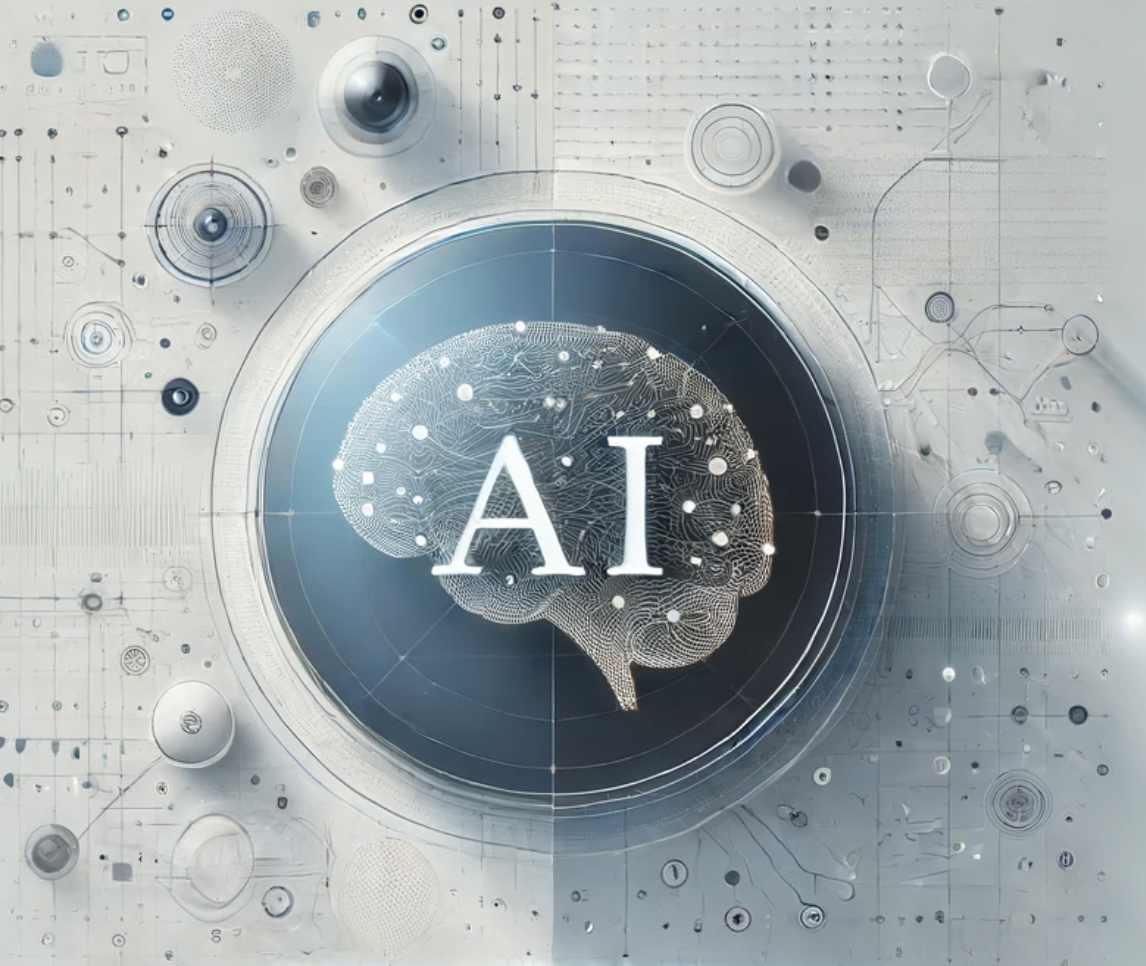Understanding Artificial Intelligence and Its Subsets

Introduction to Artificial Intelligence
Artificial Intelligence (AI) is a branch of computer science that aims to create machines capable of intelligent behavior. This article explores the concept of AI, its different subsets, and how to differentiate between them. Understanding these subsets is crucial for grasping the broader AI landscape and its applications.
What is Artificial Intelligence?
Artificial Intelligence involves the simulation of human intelligence in machines that are programmed to think and learn like humans. AI encompasses various techniques and technologies, including machine learning, natural language processing, robotics, and computer vision. These technologies enable machines to perform tasks such as problem-solving, decision-making, and language understanding.
Subsets of Artificial Intelligence
Machine Learning (ML)
Machine Learning is a subset of AI that focuses on the development of algorithms that allow computers to learn from and make predictions based on data. ML algorithms can improve their performance over time as they are exposed to more data. Applications of ML include recommendation systems, fraud detection, and image recognition.

Deep Learning (DL)
Deep Learning is a specialized subset of machine learning that uses neural networks with many layers (hence "deep") to analyze various factors of data. DL has been particularly successful in fields such as speech recognition, image classification, and natural language processing.

Natural Language Processing (NLP)
Natural Language Processing is a subset of AI that enables machines to understand, interpret, and respond to human language in a meaningful way. NLP is used in applications such as language translation, sentiment analysis, and chatbots.
Robotics
Robotics is an interdisciplinary field within AI that involves the design, construction, operation, and use of robots. Robots are used in various industries for tasks that are dangerous, repetitive, or require high precision, such as manufacturing, healthcare, and space exploration.

Computer Vision
Computer Vision is a subset of AI that enables machines to interpret and make decisions based on visual data from the world. It is used in applications such as facial recognition, object detection, and autonomous vehicles.
Applications of AI in Various Industries
Healthcare
In healthcare, AI is revolutionizing diagnostics, treatment planning, and patient care. Machine learning algorithms can analyze medical data to identify patterns and predict disease outcomes. AI-powered tools assist doctors in diagnosing diseases more accurately and developing personalized treatment plans. Robotics in surgery enhances precision and reduces recovery times.
Finance
AI is transforming the finance industry by improving fraud detection, automating trading, and enhancing customer service. Machine learning algorithms detect unusual patterns in transactions, helping prevent fraud. AI-driven trading algorithms analyze market data to make high-speed, high-frequency trading decisions. Chatbots and virtual assistants provide customers with instant support and financial advice.
Retail
Retailers use AI to enhance customer experiences and optimize operations. Recommendation systems powered by machine learning suggest products based on customer preferences. Computer vision technologies enable cashier-less stores and improve inventory management. NLP is used in chatbots and virtual shopping assistants to provide personalized customer support.
Transportation
AI is driving innovation in transportation with autonomous vehicles and intelligent traffic management systems. Self-driving cars use computer vision and machine learning to navigate and make decisions in real-time. AI-powered traffic management systems optimize traffic flow, reducing congestion and emissions.
Manufacturing
In manufacturing, AI improves efficiency, quality, and safety. Robotics and automation streamline production processes and perform repetitive tasks. Predictive maintenance powered by machine learning reduces downtime by anticipating equipment failures. Computer vision systems inspect products for defects, ensuring high-quality standards.
Challenges and Ethical Considerations
Despite its potential, AI poses several challenges and ethical considerations. Ensuring data privacy and security is paramount as AI systems handle vast amounts of sensitive information. Addressing bias in AI algorithms is crucial to prevent unfair and discriminatory outcomes. Transparent and explainable AI systems are necessary to build trust and accountability. Moreover, the impact of AI on employment requires careful consideration, as automation may displace certain jobs while creating new opportunities.
Conclusion and Call to Action
Understanding the various subsets of AI is essential for recognizing the breadth of this rapidly evolving field. Each subset has unique applications and potential to transform industries and improve our daily lives. By exploring these subsets, individuals and businesses can better harness the power of AI.
Call to Action: Stay informed about the latest developments in AI and consider how these technologies can be applied to your own projects or business. Contact us today to learn more about AI and its potential to drive innovation and efficiency.